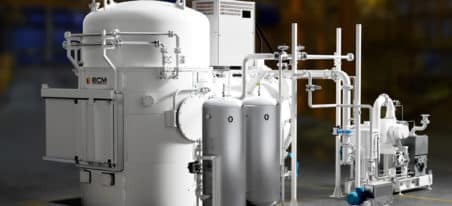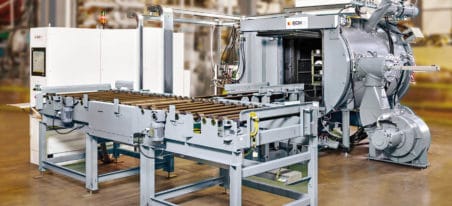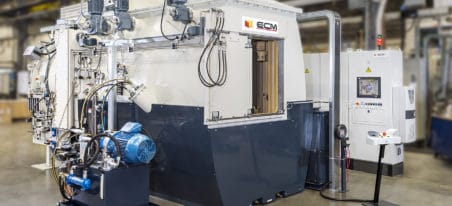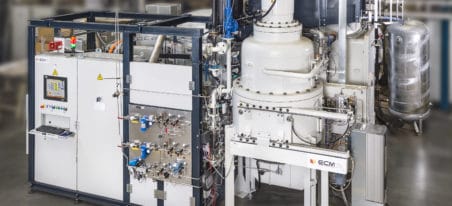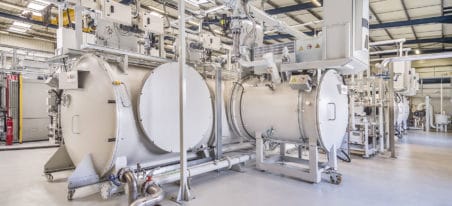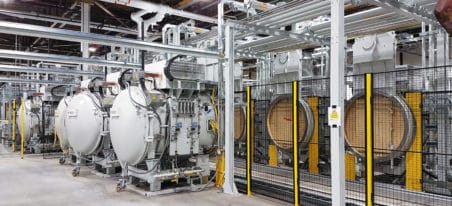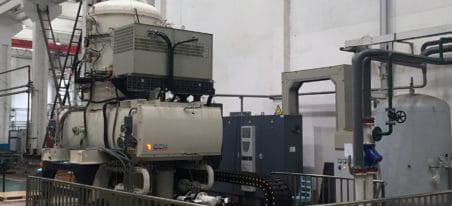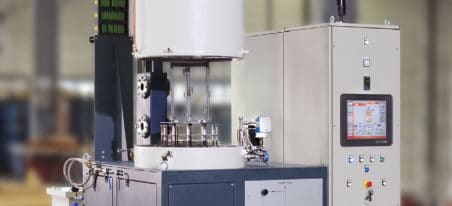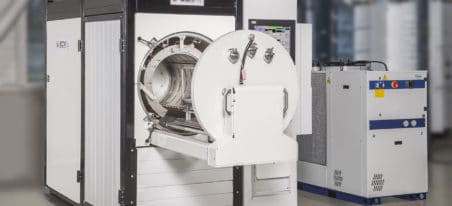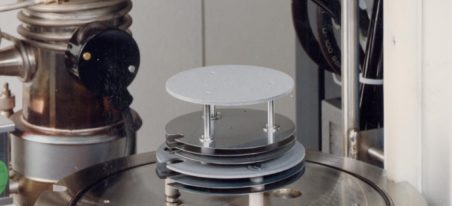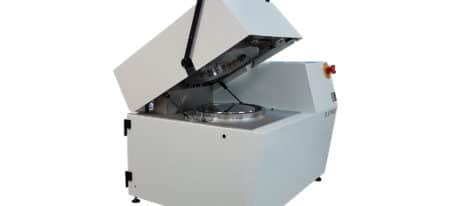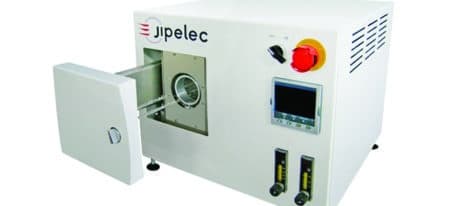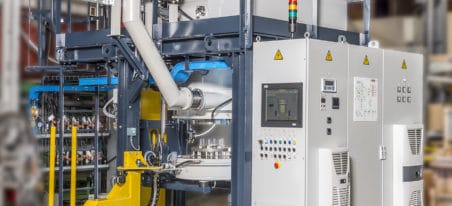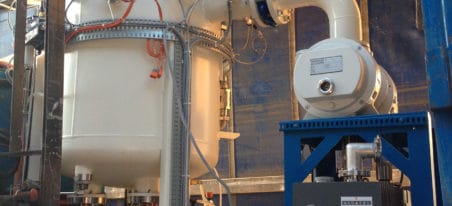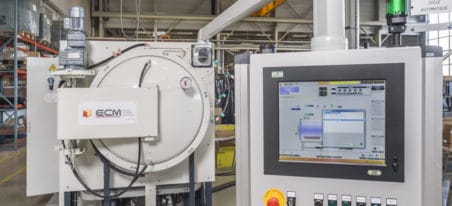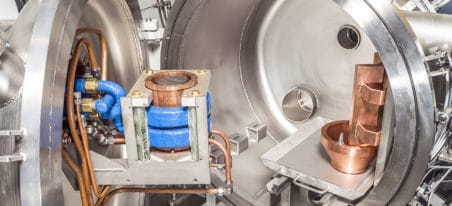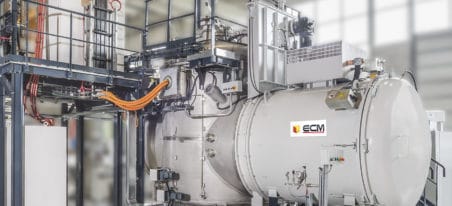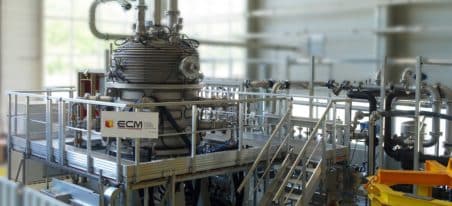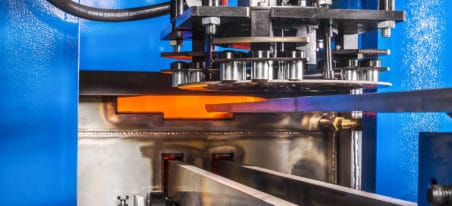Gas quenching is a heat treatment process used to improve the mechanical properties of treated parts, with rapid cooling and controlled atmospheres guaranteeing optimum performance.
Today, high pressure gas quenching is the solution with the strongest development in the field of highly alloyed to alloyed steels. This solution has been developed significantly since 1992 with the first low-pressure carburizing plants proposed by ECM.
To be successful, ECM has combined 2 strong ideas:
- Quenching of parts in a cold chamber (or cell) with a design optimizing gas exchanges
- Increasing absolute quenching pressure from 5 to 20 bars
ECM’s high pressure gas quenching cells, associated with our low pressure carburizing furnaces, offer major advantages:
- no pollution or rejections
- better distortion control
- reduction of treatment costs
- optimal quenching efficiency
Nitrogen is generally used for gas quenching treatments. Its low cost allows to reject it into the atmosphere from one load to another. Unlike with oil quenching, no washing is necessary after treatment.
Gas quenching offers a better distortion control during the cooling phase for the following reasons:
- Unlike with oil quenching, gas quenching does not generate burnout (gas bubbles on the surface of the parts). The cooling fluid maintains an identical thermal exchange coefficient throughout the load, which leads to a great distortion homogeneity between the parts, and to a better repeatability of the results.
- The quenching distortions are mainly due to internal constraints the parts are subject to during the martensitic transformation. The more the cooling speed is slow, the more these constraints and distortions are important. Therefore, the cooling speed needs to be adjusted accurately to obtain the martensitic transformation. This need varies depending on the nature of the alloys, the parts’ geometry and the hardness wanted.
- Gas quenching allows to adjust the cooling speed between two loads by choosing the best mixing quenching speed and quenching pressure.
Besides, ECM Technologies has developed patents allowing to go even further in the control of distortions.
- The STEP quenching process allows having temperature levels just before martensitic transformation.
- The reverse quenching allows to reverse the high pressure gas quenching direction in short and quick cycles. This process strongly reduces hardness dispersions in compact loads or on massive parts.
ECM has patented a device allow to reverse the flow in 1 second with a gas at 20 bars.
Not having to wash the parts after treatment is highly cost saving (no washing machine investment, no consumables, no rejections, and more space available on the ground…).
ECM Technologies’ quenching cells have been developed based on numerical modelization of parts, and thus, by characterization. These assumptions have been confirmed thanks to trials. This has also been applied to ECM’s quenching turbines that have been engineered and designed with the support of expert partners in the field of aeronautical turbines calculations.
Nitrogen is the most commonly used gas, but helium can be offered when a higher quenching drasticity is required.
In this case, ECM offers a system to recycle quenching gas, made of compressors, vacuum pumps, intermediate storing balloons and a catalyst to insure gas purity from a cycle to another.
The patented process of Stop Quenching allows significantly improving parts’ strengths and wearing resistance.


